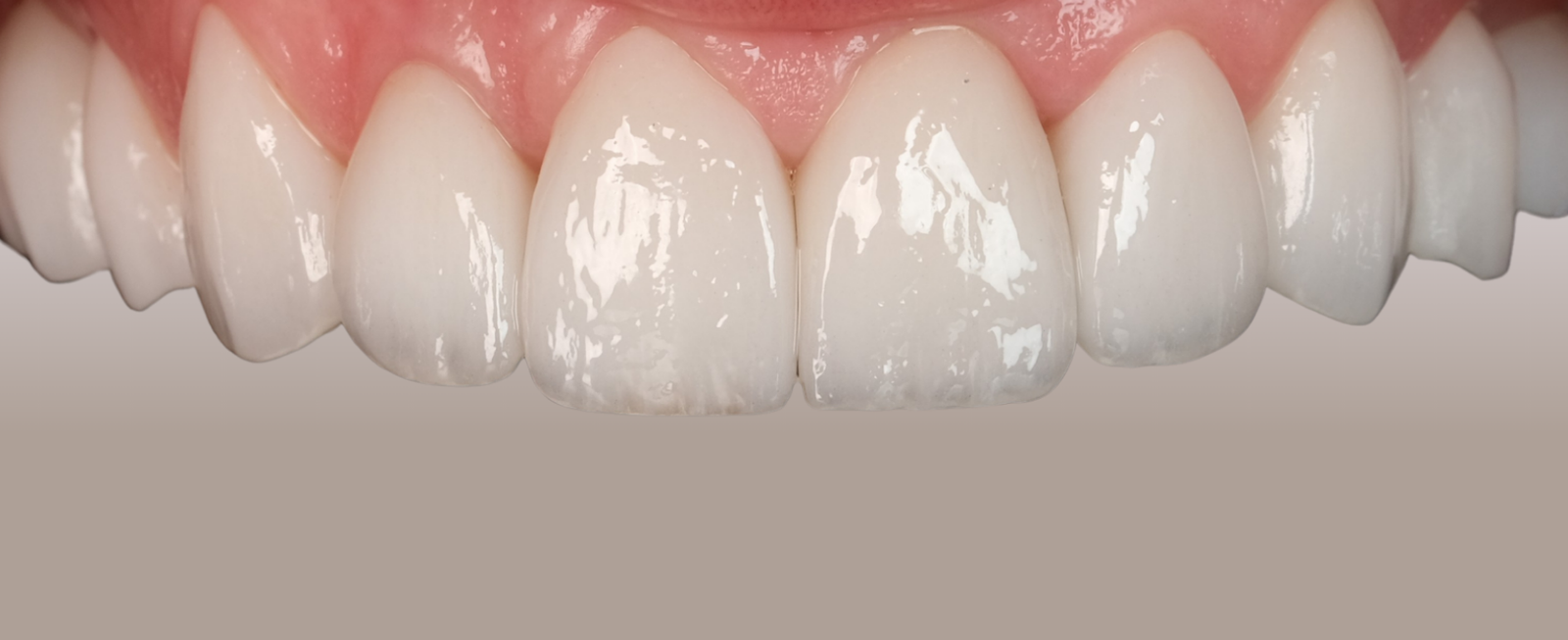What is a Zirconium Crown? Advantages, Disadvantages
A Zirconium Crown is a type of dental crown made from zirconia, a highly durable and biocompatible ceramic material.
It is known for its strength, longevity, and natural appearance, making it a preferred choice for both front and back teeth restorations.
Advantages of Zirconium Crowns
- Exceptional Strength – Highly resistant to cracks and fractures.
- Natural Appearance – Can be customized to match the color and translucency of natural teeth.
- Biocompatibility – Does not cause allergic reactions or irritation to gums.
- No Metal Base – Eliminates the risk of metal allergies and dark gum lines.
- Suitable for All Teeth – Strong enough for molars, yet aesthetic for front teeth.
Disadvantages of Zirconium Crowns
- Higher Cost: More expensive than metal-supported porcelain crowns.
- Challenging Adjustments: Requires precision during the preparation and fitting process.
- Less Translucent than E-Max: Although aesthetic, it may not match E-Max crowns in transparency for front teeth.
When Are Zirconium Crowns Used?
- Restoring severely damaged or decayed teeth
- Covering discolored or misshaped teeth
- Replacing old crowns for improved function and aesthetics
- As part of dental bridges or implant restorations
Zirconium Crown Cost in 2025
Prices for zirconium crowns depend on the dentist’s expertise, clinic location, and case complexity.
Conclusion
Zirconium crowns combine strength, aesthetics, and safety, making them an excellent choice for patients who want a durable and natural-looking dental solution.
With proper care, they can last for over a decade while maintaining their beauty and function.
FAQ
- What is a zirconium crown?
A zirconium crown is a dental restoration made from zirconia, a strong and biocompatible ceramic material. - How long do zirconium crowns last?
With proper care, zirconium crowns can last 10-15 years or longer. - Are zirconium crowns better than porcelain crowns?
Zirconium crowns are stronger and more durable but may be less translucent than some porcelain options. - Is a zirconium crown suitable for front teeth?
Yes, zirconium crowns can be customized for front teeth, offering good aesthetics and strength. - What are the advantages of zirconium crowns?
They are strong, durable, biocompatible, and have a natural appearance. - Are there any disadvantages to zirconium crowns?
They can be more expensive and less translucent than some alternatives like E-Max crowns. - How is a zirconium crown made?
It is created using CAD/CAM technology from a block of zirconia, then shaped and polished. - Can zirconium crowns cause allergic reactions?
No, zirconia is highly biocompatible and rarely causes allergies. - How do zirconium crowns compare to E-Max crowns?
Zirconium is stronger but less translucent; E-Max offers superior aesthetics but is less durable. - Is the zirconium crown procedure painful?
The procedure is typically painless with local anesthesia. - How do I care for my zirconium crown?
Maintain good oral hygiene with regular brushing, flossing, and dental check-ups. - Can zirconium crowns be whitened?
No, like natural crowns, they cannot be whitened after placement. - How many visits are needed to get a zirconium crown?
Usually, 2 visits: one for preparation and impression, one for fitting. - Are zirconium crowns suitable for people with metal allergies?
Yes, because zirconia contains no metal. - Can zirconium crowns be used on dental implants?
Yes, zirconium crowns are commonly used on implant restorations. - What is the difference between zirconium crowns and metal crowns?
Zirconium crowns are metal-free, more aesthetic, and biocompatible, whereas metal crowns contain metals and can cause allergies. - How natural do zirconium crowns look?
They can be highly natural-looking but slightly less translucent than glass-ceramic crowns. - Are zirconium crowns covered by dental insurance?
Coverage varies by plan and region; check with your provider. - Can a zirconium crown chip or break?
Though very strong, zirconium crowns can chip or fracture under extreme force.






